Parenting is a tough job! There are a lot of things to look for and worry. It gets especially hard when our little ones are always crying and refuses to settle down. Teething is one such milestone which brings discomfort to both babies and parents alike. While some babies cut their tooth with no signs discomfort, most babies experience some pain when they are cutting their tooth. And they share this annoyance with us by becoming unusually grumpy.
WHEN DO BABIES START TO TEETH?
It is interesting to know that babies are born with a full set of teeth, they are hiding beneath the gums waiting for right time to pop out. Babies usually start cutting their first teeth around 4 -6 month of age. While each baby is different, if your baby starts to act up at this age along with other signs mentioned in this article, it is safe to assume that your baby might be teething.
The front lower tooth (lower incisors) are the first to make an appearance followed by the upper two. Some babies cut more than two teeth at the same time. Here is a rough schedule of when you might expect your baby to teeth.(Source)
- 6 to 12 months: the central incisors (the teeth right in the middle of the jaw on the top and bottom)
- 9 to 16 months: the lateral incisors (the teeth next to the central incisors)
- 16 to 23 months: canine (cuspids)
- 13 to 19 months: the first molars
- 23 to 33 months: the second molars
Just like every other milestone, teething can also vary from one baby to another. Some babies pop a tooth as early as three months and some wait till their first birthday to cut a teeth. Some babies are even born with a tooth (Wow!). So don?t turn on the panic mode if your baby isn?t teething yet. Stay calm and talk to your doctor.
You can mostly point out if your baby is entering the dreaded teething stage by watching for some of these sure signs listed below.
1.SWOLLEN GUMS
Upward pressure from the tooth that is trying to force its way up can make the gums look reddish and slightly bruised. Gently open your baby?s mouth to see if you can find any swollen areas on the gums. If your baby refuses to cooperate run your clean fingers to feel if there are any swollen areas. If he is in fact teething, massaging over the gums can help relieve pain.
2.LOTS AND LOTS OF DROOL:
Teething is almost always accompanied by excessive drooling. While babies start to produce lots of saliva around this age to increase digestive power, it can also indicate teething. Keep a clean washcloth and gently pat dry the area. Make sure not to rub the washcloth as this might irritate. Applying breast milk or nipple cream can also help reduce irritation.
3.RASHES AROUND THE MOUTH AND BUM AREA
Some babies get rashes all over their mouth, cheeks, and even diaper area. Keeping the mouth and cheeks dry from drool can help prevent rashes. You can also apply breast milk to the rashes or coconut oil. Encouraging diaper free time is the most natural way to heal mild rashes.
4.DIARRHEA
You might hear both sides of the argument about diarrhea. Some say teething is no way linked to diarrhea. Some say otherwise. My mom says that babies pass loose stools while teething and there are a lot of moms on the internet that attest to this.
Teething babies are known for sucking their fingers and put random things into their mouth. Perhaps, this could be the reason for mild tummy upsets during teething? While this is debatable, one thing I know for sure is that teething diarrhea is never severe. So if your baby is having diarrhea for more than a day or seems to be dehydrated, there are chances for other infections. Talk to your pediatrician to be sure.
5.EXTRA CRANKY OR FUSSY BEHAVIOR:
Teething is hard on babies. Seriously, they are in so much pain, and they can?t tell you what?s bothering them, so they end up being extremely sensitive and cranky. Babies will refuse to be put down and need constant attention. My little girl was in that category.
Lots of snuggles, cuddles, rocking and babywearing can help your baby settle easier.
6.CHEWING ON EVERYTHING:
Toys, fingers, your breasts (ouch!), you name it. Your babies will be gnawing onto everything like a little vampire. The counter pressure from biting things can be soothing to their aching gums and babies are smart that they figure this out.
7.REFUSING TO EAT/DRINK:
Who likes to gobble down food when two teeth?s are cutting through the gums? Not me! Poor babies lose their appetite through the teething phase. Cold foods like applesauce, yogurt, smoothies can be comforting.
If your baby can handle finger food, give him a sliced carrot, cucumber or celery to chew. If you are breastfeeding, you may find your baby either refuses to breastfeed or nurses frequently. Keep offering on demand or pump to keep your supply up.
8. LOW-GRADE FEVER:
Teething sometimes comes with a low-grade fever that is less than 101 degrees. If your baby has a temperature of more than 101 degrees, then it?s likely other infection, you need to call your doctor and check for other infections.
9.EAR PULLING OR TUGGING:
Teething pain can sometimes spread to the middle ear, and babies *think* that the pain is coming from the ears. They start pulling or tugging ears to relieve pain.
10.REFUSING TO SLEEP:
If you have progressed through all the crankiness all day long, this one will make you pull your hair out.
This is the worst one that makes parents lose their sanity. Babies who used to sleep solid straight 10 hours in the night, will suddenly be waking up frequently in the night. They might even cut down nap times during the day. Sigh!
Teething pain is elevated during the night time when there is no other distraction for the baby. So the baby can be tossing and turning or worst, be up and crying all night. Try some of the natural remedies before you put your baby down to bed and help relieve pain.
HOW LONG WILL THIS TEETHING LAST?
Wondering how long will this teething stage last and you can finally get some sleep?
A single teething episode can last a few days before you see a tooth popping out. Some teeth take their own sweet time and can take breaks before making a show. Your baby will have a full set of teeth over a period of 2-3 years. As you can see from the above teething chart, the timeline for different sets of teeth are overlapping, and it may even seem like your baby is continually teething.
There you have it. The top ten signs of a teething baby. Is your baby teething? What sign is he/she showing?

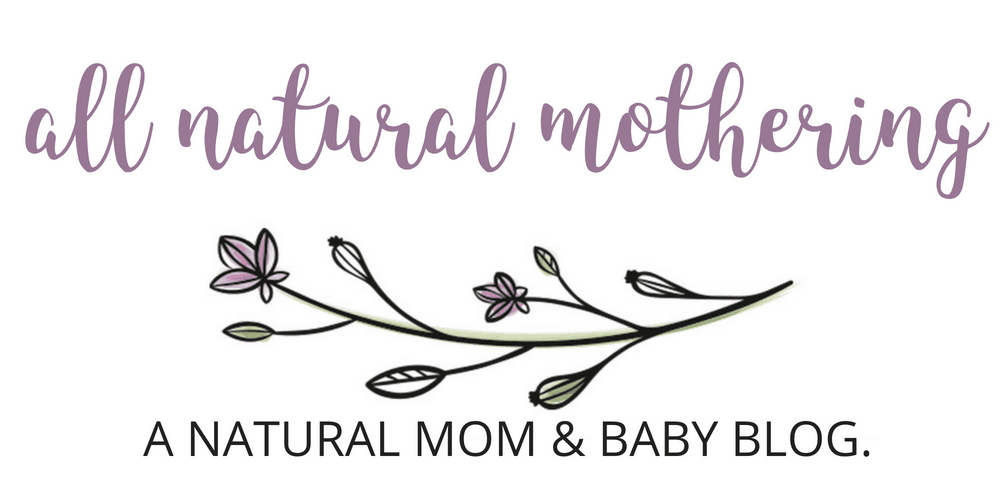
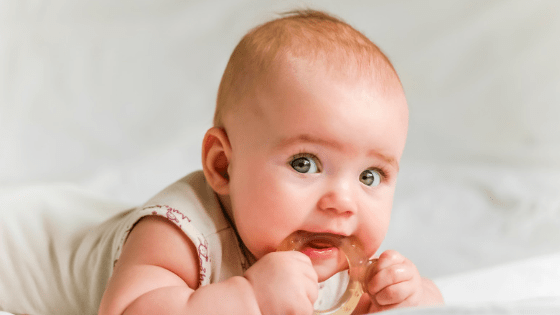


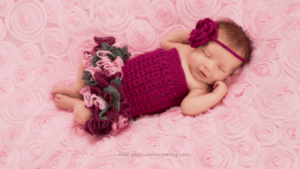

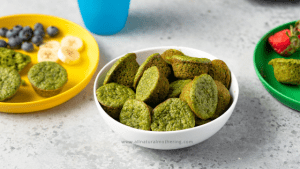




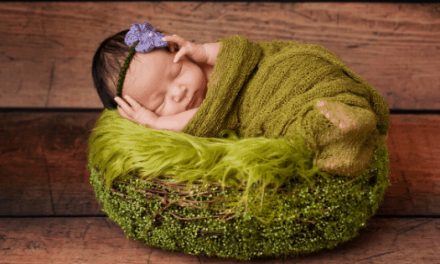

allnaturalmothering symptoms which you have define helps me a lot to understand that how teethinmg effects on our baby health and mood. will you please guide me for some soothees to relief this pain
Hi there. Glad I could help. I have a post on natural ways to soothe baby teething pain. check it out here –> https://clone.allnaturalmothering.com/baby/natural-teething-remedies/